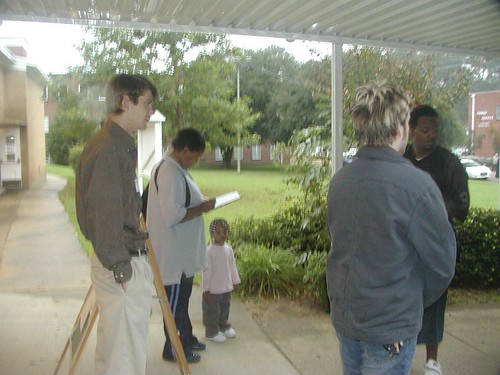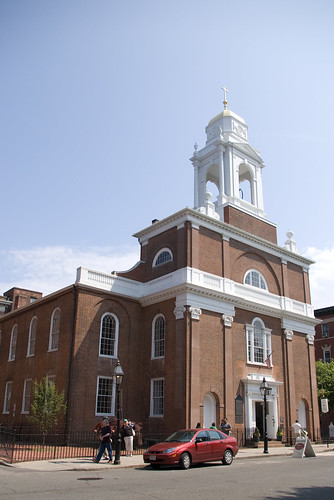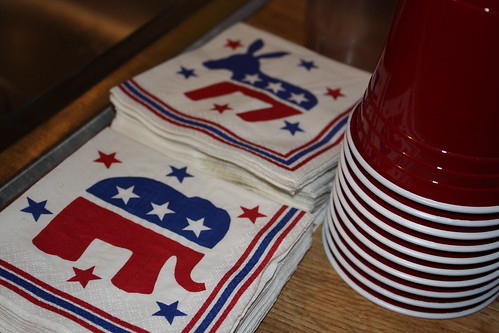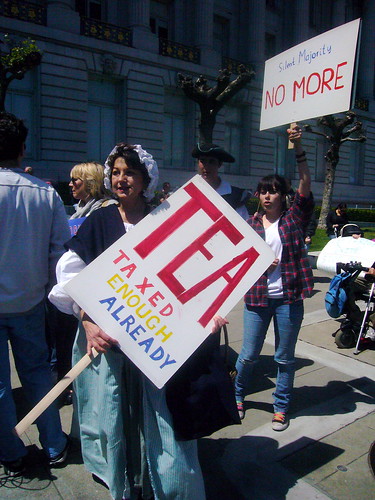
Lowe's is
scheduled on Thursday night to present to the Brighton Allston Improvement Association their revised plans for construction of a home improvement store in Brighton Landing. Lowe's is currently
locked in a struggle with New Balance over competing development plans for those parcels.
Mayor Thomas Menino
rejected Lowe's first proposal for the store in 2007 because of the traffic problems it would create.
A year-and-a-half ago Lowe's presented the first revision in their plans in which they first promised to spend $1.2 million to improve traffic signals on Market Street and North Beacon Street. If those improvements were found to reduce vehicle travel times, Lowe's representatives proposed that they should be permitted to construct their store.
In Lowe's traffic study, however, they substantially misrepresented the existing traffic situation on Market Street,
stating travel times that are approximately three times longer than actual measured times. Lowe's characterization of travel times on Market Street are, simply put, way off.
Will Lowe's on Thursday continue to misrepresent the existing traffic conditions on Market Street?
In 2008 Lowe's representatives
told the BAIA:
Lowe's traffic engineering consultants claim that it currently takes 14.4 minutes to travel along Market Street from Washington Street to Lincoln Street during morning rush hour, and the reverse trip during evening rush hour takes 17.6 minutes. They also claim that travel on North Beacon Street from Market Street to Union Square takes 10.2 minutes eastbound during morning rush hour or 15.0 minutes westbound during evening rush hour.
Their consultants were stating the travel times
estimated from computer modeling of Market Street traffic patterns, not those actually measured in a vehicle on the street.
So what does the experimental physicist in me want to do? Measure the actual travel times. During morning and evening rush hour the past couple of weeks I made a series of timings of the travel time from crossing Washington Street to the time crossing Lincoln Street (or vice-versa). Morning timings were taken in a car and evening timings were taken from MBTA bus #86, which should be even slower than normal traffic because of the added time of allowing passengers to get on and off. [See the bottom of the post for more details on the measurements.]
Actual travel times: between four and seven minutes.
Predicted travel times from Lowe's computer models: between 14.4 and 17.6 minutes.
The results show that Lowe's predictions of travel times are three-and-a-half times too large for northbound travel on Market Street during morning rush hour, and two-and-a-half times too large for southbound travel on Market Street during evening rush hour.
The conclusion: Lowe's and their traffic consultants in 2008 massively misrepresented how bad the traffic is on Market Street.
Why Would Lowe's Massively Over-Estimate the Market Street Travel Times?Lowe's
proposed in 2008 that, if they could reduce the travel time by spending money on improving the timing of the traffic lights, then they should be allowed to proceed on constructing their box store in Brighton Landing:
[Lowe's and their consultants] claim that construction of their proposed, big box store will reduce average trip times along Market Street by 13-28% and along North Beacon Street by 3-11%...
...If there is more traffic on nearby streets, shouldn't this mean that it would take longer to go anywhere by car?
Not if Lowe's paid $1.2 million up front, prior to any approvals for construction of the store, in order to improve traffic signals in the area by synchronizing them. Lowe's insists that they will put a condition on their construction that they must first demonstrate a reduction in trip time from the signal improvements to Market Street and North Beacon Street.
But the
actual travel time is already much better than Lowe's represented it to be; the existing travel times are a 50-67% improvement over their flawed computer models, much more than their proposed 3-28% improvement.
The cynical explanation is that Lowe's might be over-estimating the travel times in order to guarantee that it will
appear as though their traffic signal improvements will improve the travel times. It's hard to know whether or not this is the real reason, but I am willing to bet that the BAIA asks some pointed questions at Thursday's meeting.
It's hard to imagine why a traffic consultant -- presumably paid by Lowe's for many hours, days, or even weeks of engineering work -- wouldn't bother to spend an additional hour or two driving up and down the street measuring the
actual travel times. Unless, of course, the engineers made the measurements, found them less favorable than the computer model's predicted times, and chose not to make mention of the discrepancy. But that is a purely speculative conspiracy theory.
Their computer model travel times don't make any sense, either. The distance between Lincoln and Washington streets is 0.75 miles, so Lowe's model predicts average vehicle speeds of 3.1 mph in the morning and 2.6 mph in the evening. Those speeds are so slow that many young children could walk faster.
Let's hope that their traffic engineers have driver's licenses and own cars so that they can drive up and down the street a few times before Thursday's meeting.
Other Traffic IssuesOther things to look for in Thursday's presentation by Lowe's traffic engineers: whether they are using the same traffic study or a new one; if they are using the magical stroke-of-the-pen to
declare "that 50% rather than 25% of the traffic would already be driving in the area on other errands"; how much the relocation of Briggs from one of the parcels is improving the traffic in the study, rather than other changes (such as a reduction in size of the store or traffic signal improvements); and how Lowe's deals with New Balance's counter-proposals to create a flyover on/off ramp to the Mass Pike and have a commuter rail station near Everett Street.
Measurements
Morning rush hour northbound [measured by car]: Average 4.0 minutes (individual measurements: 4:27 and 3:27), compared to Lowe's predictions of 14.4 minutes. Neither measurement was within a factor of three of Lowe's predictions.
Morning rush hour southbound [measured by car]: Average 4.2 minutes (individual measurements: 4:37 and 3:50); no Lowe's prediction given.
Evening rush hour southbound [measured on MBTA bust #86]: Average 6.9 minutes (individual measurements: 7:35, 5:30, 6:50, 7:30), compared to Lowe's predictions of 17.6 minutes. Not one measurement was within a factor of two of Lowe's predictions.
Evening rush hour northbound: No measurements or predictions.
[above right] Image of a traffic jam in India:
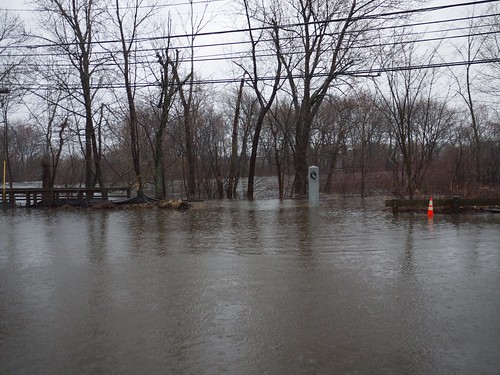 In the past month, while out for runs in the mornings on the bike paths along the Charles River, I noticed that the water level had been getting quite low.
In the past month, while out for runs in the mornings on the bike paths along the Charles River, I noticed that the water level had been getting quite low.













